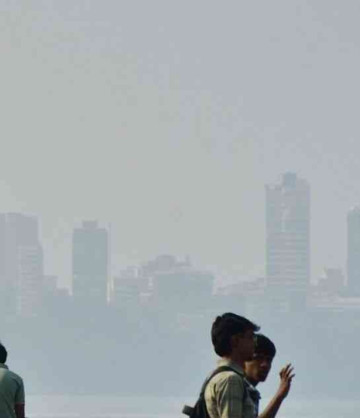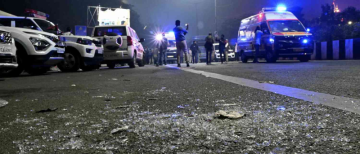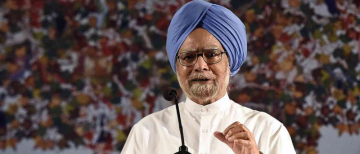India, with its rich tapestry of culture, history, and diversity, stands as one of the world's most promising nations. Yet, as we move into 2025, it faces the daunting question: Is India destined to remain a developing country forever? Despite its vast potential, the nation grapples with numerous challenges that impede its progress. This editorial delves into the critical issues of corruption, civic sense, literacy rates, women's safety, religious tensions, and law and order, while also exploring actionable solutions to pave the way for a brighter future.

Corruption: A Deep-Rooted Issue
Corruption is perhaps the most significant hurdle in India's path to development. It is not merely an issue of dishonest practices but a systemic problem that affects governance and public trust. Corruption manifests in various forms—bribery, embezzlement, and nepotism—creating a culture where integrity is often compromised for personal gain.
This pervasive corruption undermines the effectiveness of government programs designed to uplift the poor and marginalized. For instance, funds allocated for public welfare often vanish into the pockets of corrupt officials before they reach those in need. This not only perpetuates poverty but also breeds disillusionment among citizens who feel betrayed by their leaders.
To combat corruption effectively, India must adopt a multi-faceted approach:
-
Stricter Laws: Enforcing stringent anti-corruption laws with severe penalties can deter corrupt practices.
-
Transparency Initiatives: Implementing transparency measures such as public audits and open data platforms can empower citizens to hold their leaders accountable.
-
Public Awareness Campaigns: Educating citizens about their rights and encouraging them to report corruption can create a culture of accountability.
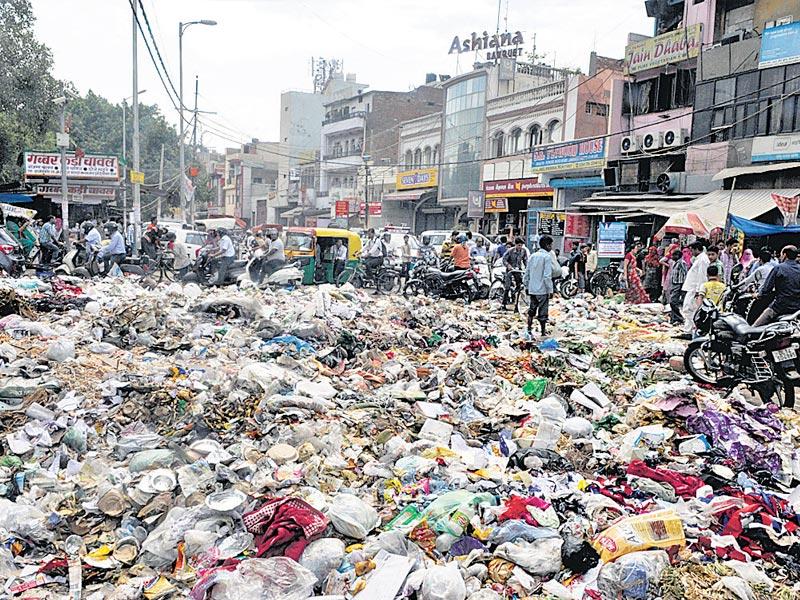

Civic Sense: A Lack of Responsibility
Civic sense refers to the awareness and responsibility individuals have towards their community and environment. Unfortunately, many Indians exhibit a lack of civic sense, leading to issues such as littering, vandalism, and disregard for public property. This behavior not only tarnishes the nation’s image but also hampers efforts to create clean and sustainable urban spaces.
Improving civic sense requires a concerted effort:
-
Education Programs: Integrating civic education into school curricula can instill values of responsibility and community service from a young age.
-
Community Engagement Initiatives: Organizing local clean-up drives or community development projects can foster a sense of ownership among citizens.
-
Social Media Campaigns: Utilizing social media platforms to promote civic responsibility can reach a broader audience and encourage positive behavior.
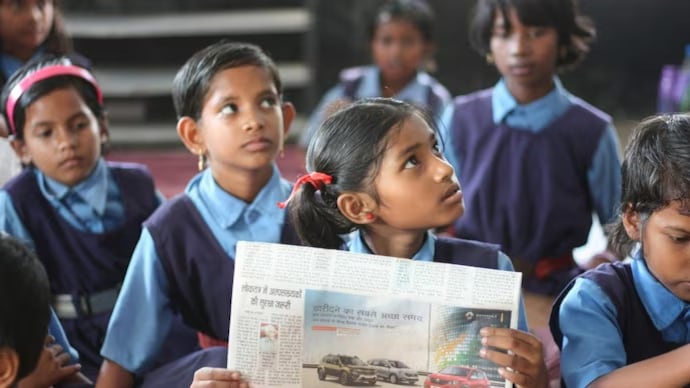
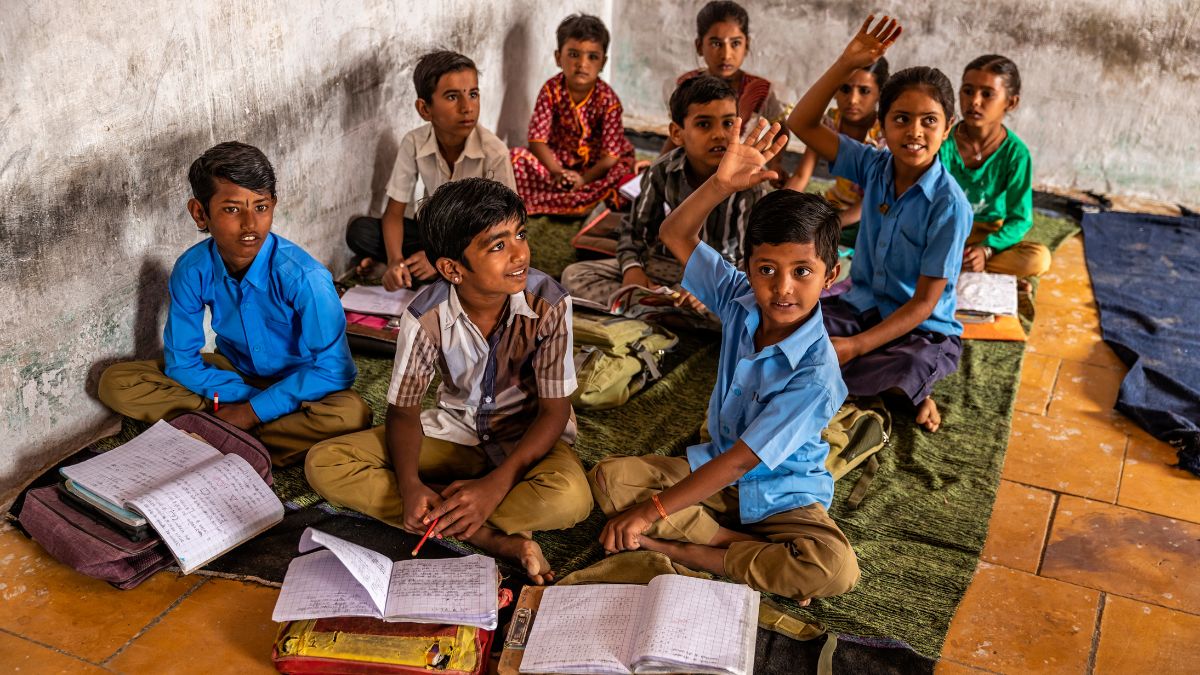
UNICEF Data of 2024 on Child Marriage
Literacy Rates: An Ongoing Challenge
Education is the cornerstone of development, yet India continues to struggle with low literacy rates, particularly in rural areas. According to recent statistics, while urban literacy rates have improved significantly, rural areas still lag behind due to inadequate infrastructure and resources. The lack of quality education perpetuates cycles of poverty and limits opportunities for future generations.
To address this critical issue:
-
Investment in Infrastructure: The government must prioritize building schools in underserved areas and ensuring they are equipped with necessary resources.
-
Teacher Training Programs: Providing ongoing training for teachers can enhance the quality of education delivered in classrooms.
-
Innovative Learning Methods: Embracing technology in education—such as online learning platforms—can bridge gaps in access and provide diverse learning opportunities.

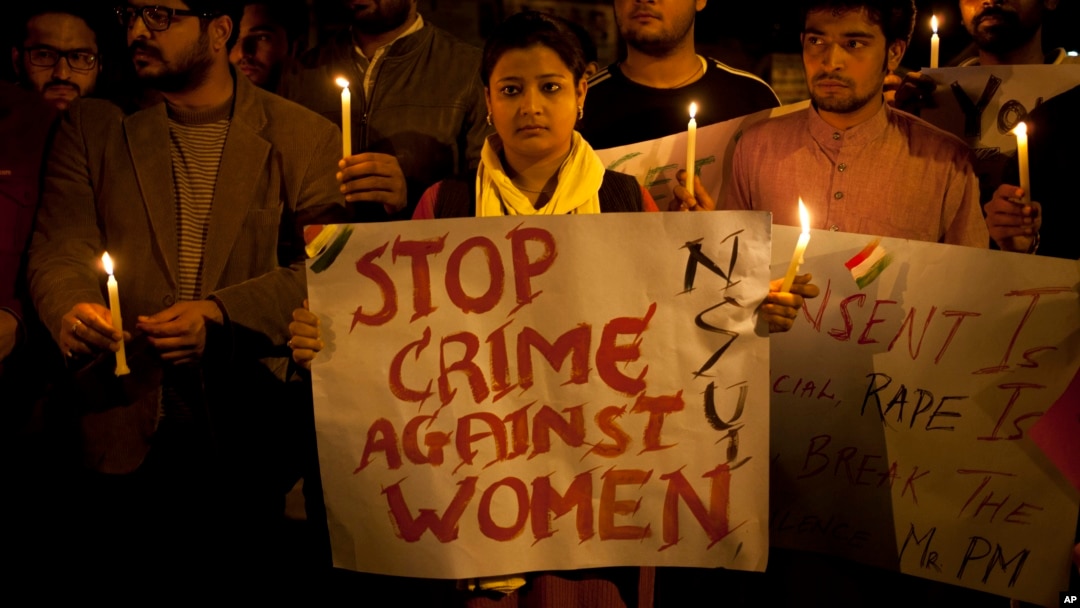
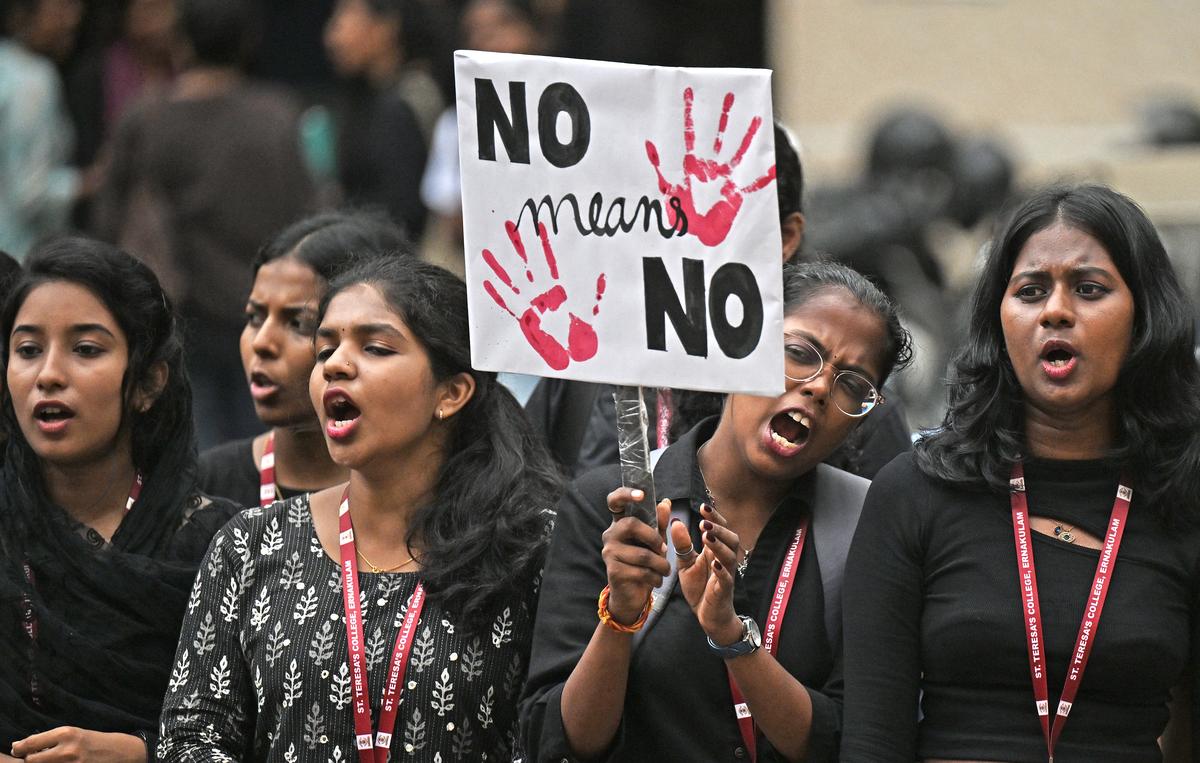
Read about crime against women in India
Social Issues: Women's Safety and Religious Tensions
The safety of women remains a pressing concern in India. Despite legal frameworks aimed at protecting women from violence and harassment, societal attitudes often hinder real change. High-profile cases of assault have sparked national outrage but have not led to sufficient improvements in women's safety or empowerment.
To create a safer environment for women:
-
Strengthening Laws: Enforcing stricter laws against domestic violence and sexual harassment is crucial.
-
Awareness Campaigns: Public campaigns aimed at changing societal attitudes towards gender roles can foster respect and equality.
-
Support Systems: Establishing helplines and support centers for victims can provide immediate assistance and resources.
In addition to women's safety issues, religious tensions have escalated in recent years. Communal violence threatens social harmony as political agendas often exploit religious identities for electoral gains. This divisive politics creates an atmosphere of mistrust among communities.
To promote social cohesion:
-
Interfaith Dialogue Initiatives: Encouraging dialogue between different religious groups can foster understanding and respect.
-
Inclusive Education: Incorporating lessons on tolerance and diversity in school curricula can cultivate a sense of unity among young people.
-
Community Building Activities: Organizing events that celebrate cultural diversity can strengthen bonds between communities.





Comparing Economies: India vs. China
Historically, India has been compared to China regarding economic growth strategies. While both nations share similarities in population size and potential markets, China has surged ahead economically over the past few decades. Its ability to produce high-quality goods at competitive prices has solidified its position as a global manufacturing powerhouse.
India’s economy faces challenges such as inflation, unemployment, and slow GDP growth rates that hinder its competitiveness on the global stage. To catch up with China:
-
Enhancing Manufacturing Capabilities: Investing in modern manufacturing technologies can improve productivity and quality.
-
Supporting Startups: Encouraging entrepreneurship through financial incentives and mentorship programs can stimulate innovation.
-
Infrastructure Development: Prioritizing infrastructure projects—such as transportation networks—can facilitate trade and attract foreign investment.
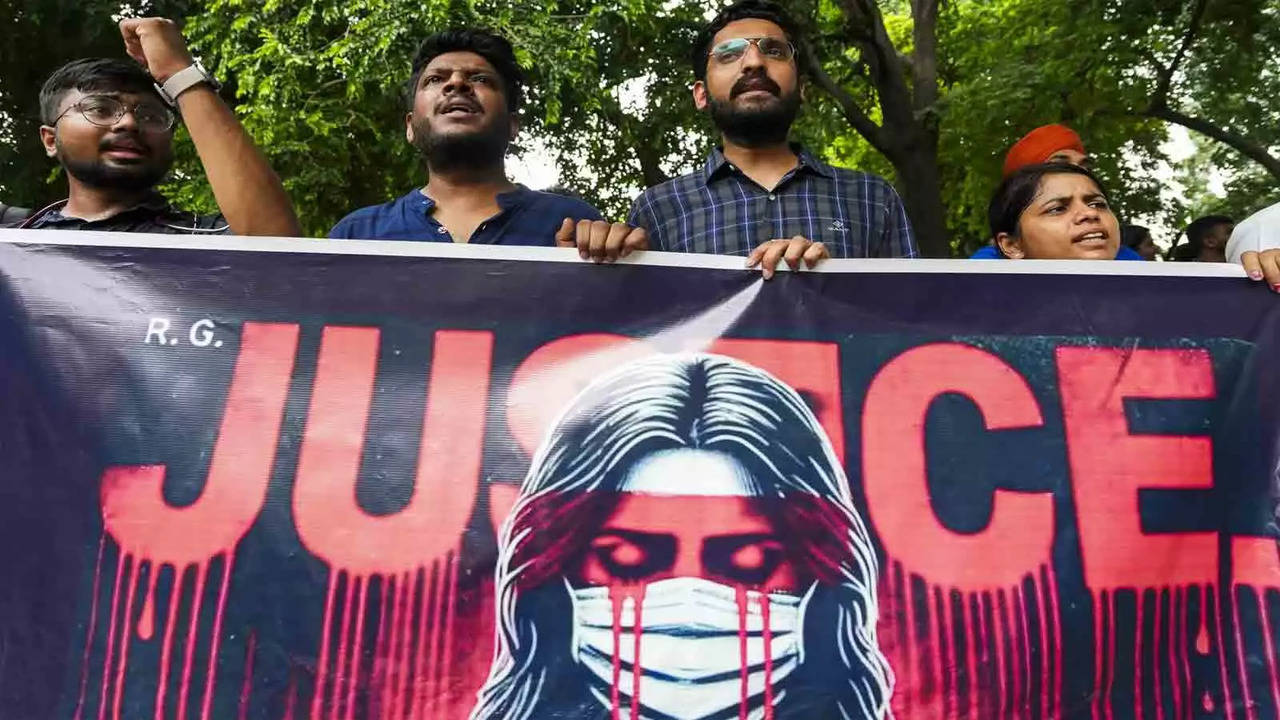

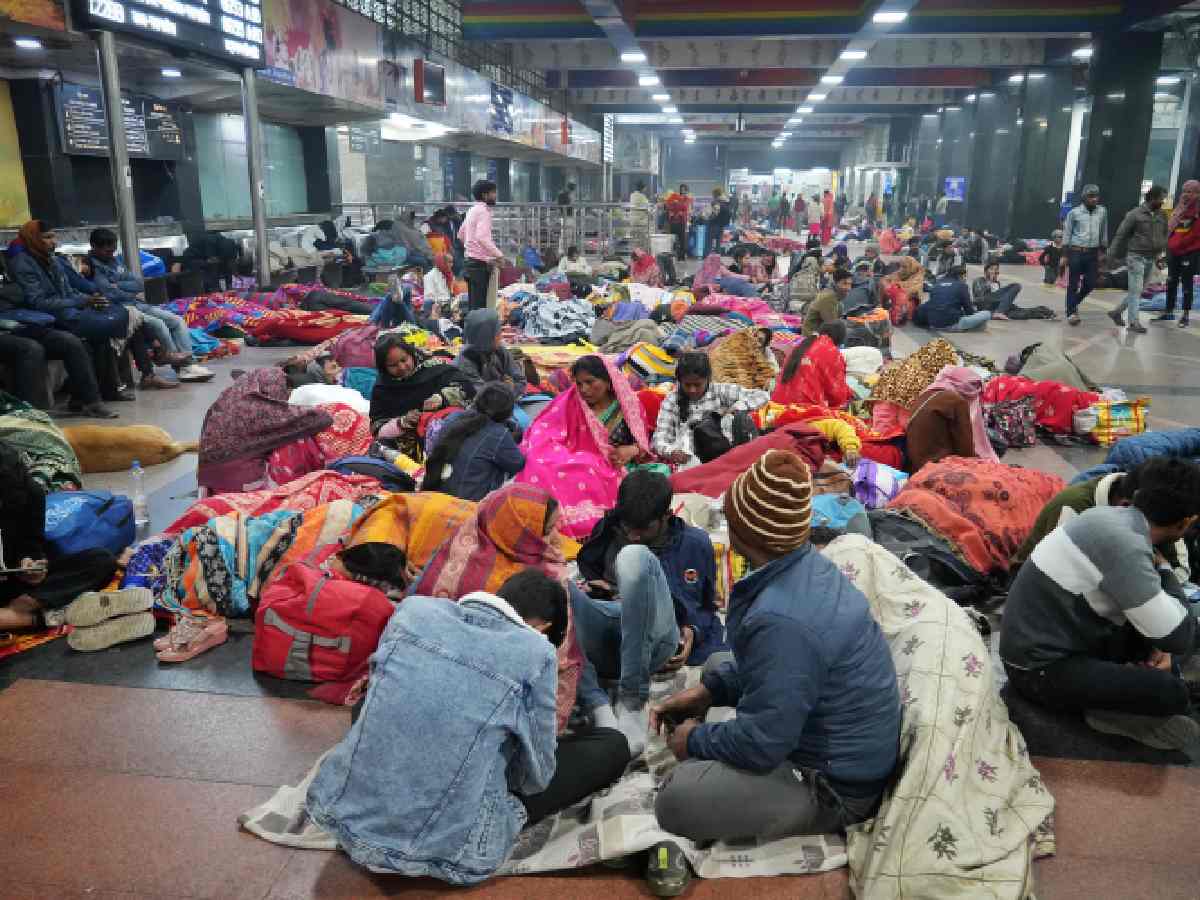

Few Cases from the last 2 Years, There are many which are not even get's Registered.
Law and Order: The Need for Stability
A stable law-and-order situation is fundamental for economic development; however, rising crime rates coupled with ineffective policing create an atmosphere of fear among citizens. The lack of trust in law enforcement leads to underreporting of crimes and further exacerbates insecurity.
To improve law enforcement:
-
Training Programs: Providing comprehensive training for police personnel on community engagement can build trust between law enforcement agencies and citizens.
-
Community Policing Initiatives: Involving local communities in policing efforts can enhance safety while fostering cooperation.
-
Technological Integration: Utilizing technology—such as surveillance systems—can aid in crime prevention efforts.
A Path Forward
As India stands at this critical juncture in 2025, it must confront these multifaceted challenges head-on. While issues like corruption, low civic sense, literacy rates, women's safety concerns, religious tensions, and law-and-order problems persist, there is hope for change through collective action.
By prioritizing transparency in governance, investing in education, promoting social justice initiatives, enhancing women's safety measures, fostering economic growth through innovation, and ensuring law enforcement accountability, India can work towards shedding its image as "forever a developing country."
The responsibility lies not only with leaders but also with every citizen who dreams of a prosperous future where every individual has the opportunity to thrive—regardless of their background or beliefs. Together, we can build an India that truly reflects its potential as a vibrant nation on the path toward development.
With inputs from agencies
Image Source: Multiple agencies
*The views expressed are personal to the author and do not reflect the platform's opinion of the same.
© Copyright 2024. All Rights Reserved Powered by Vygr Media.






